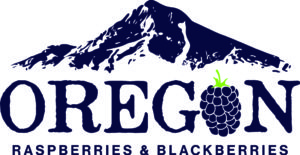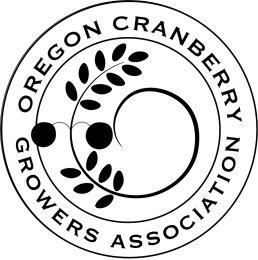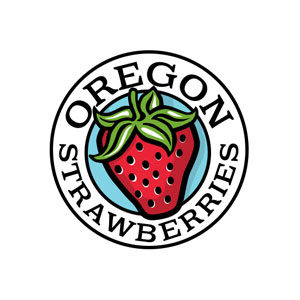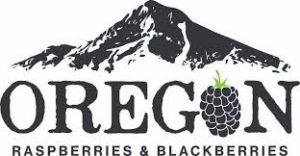Biological Control of Spider Mites in Washington Viticulture
- Research Status: Project completed 2013
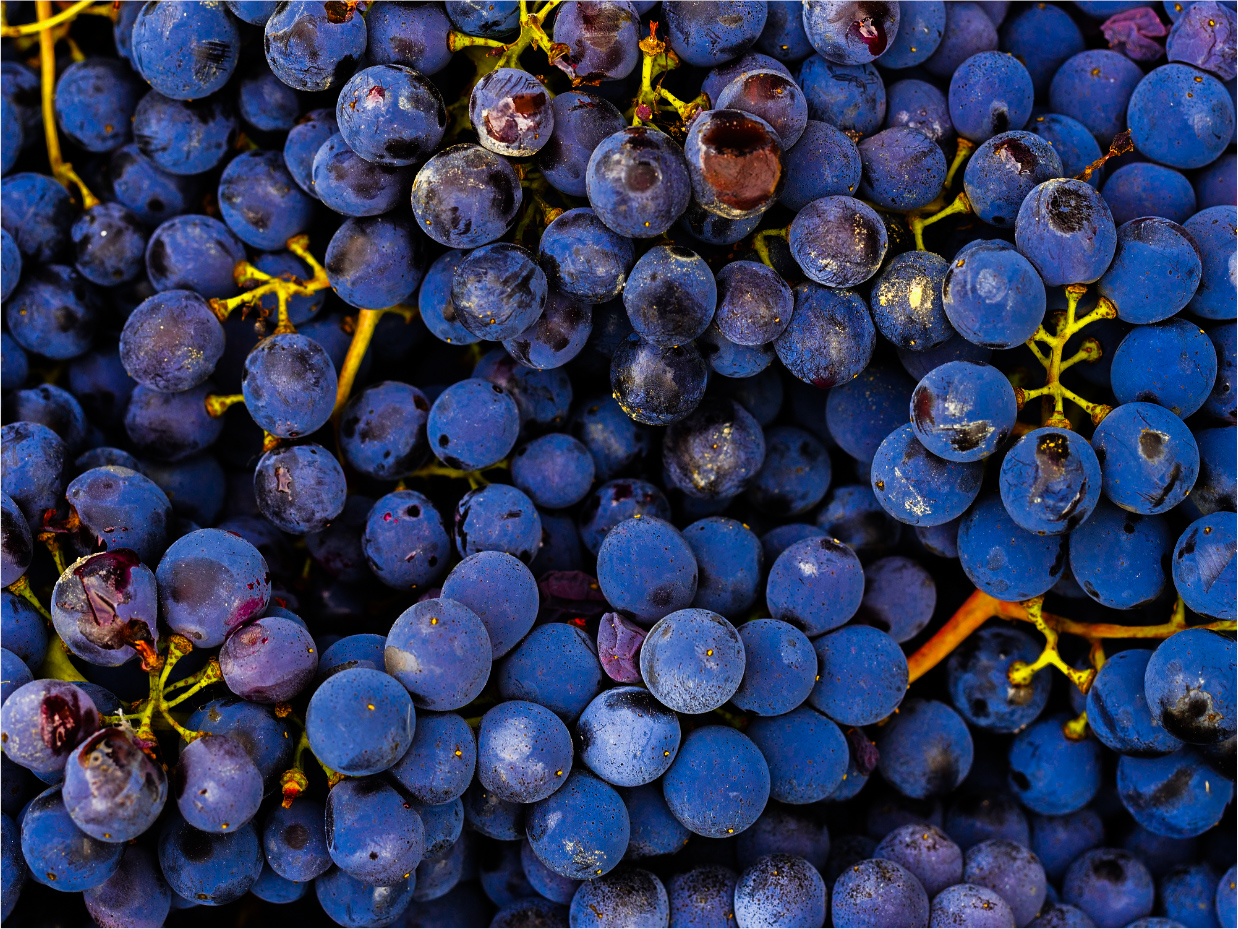

David G. James
Entomologist



Eliminating the need for season-long vineyard spray control can save growers up to $100 per acre annually in miticide costs (average miticide application cost of $35 per acre). With an estimated 55,000 acres of wine grapes in the state today, reducing miticide applications from three to one can save the industry about $3.5 million annually in pesticide costs, and increase sustainability by building biodiversity and employing integrated pest management (IPM) in vineyards.
This research set out to sample spider mites and arthropod predators of mites in high, low and no chemical-input vineyards and nearby endemic vegetation in south-central Washington. Goals Included:
- Identify the predatory mite (Phytoseiidae) and predatory insect fauna and assess their importance and potential as biological control agents of spider mites on grapes.
- Establish laboratory cultures of phytoseiids of potential importance in biological mite control on grapes.
- Commence studies on phytoseiid biology and compatibility with viticultural pesticides.
- Further the Washington wine industries development of IPM and a sustainable future for vines and labor.
Washington wine grape growers continue to enjoy benefits from integrated pest management (IPM) research. According to a 2016 survey conducted by Washington State University, Washington grape growers reduced their use of pesticides by 80 percent from 1995 to 2005, and have significantly increased biological controls and (IPM) for increased economic and qualitative industry health.
James, D. G. (2001). Pesticide safety and beneficial arthropods. Agrichemical and Environmental News 188: 8-12
James, D.G. and Rayner, M. (1995). Toxicity of viticultural pesticides to the predatory mites, Typhlodromus doreenae and Amblyseius victoriensis. Plant Protection Quarterly. 10: 99-102.
James, D.G. and Coyle, J. (2001). Which pesticides are safe to beneficial insects and mites? Agrichemical and Environmental News 178:12-14.
Prischmann, D. and James, D.G. (2003). Phytoseiidae (Acari) on unsprayed vegetation in southcentral Washington: Implications for biological control of spider mites on wine grapes. International Journal of Acarology 29, 279-287.
Prischmann, D. A. and James, D. G. (2002). Surviving neglect: Bugs inhabiting abandoned vineyards. Agrichemical and Environmental News (Sept).


